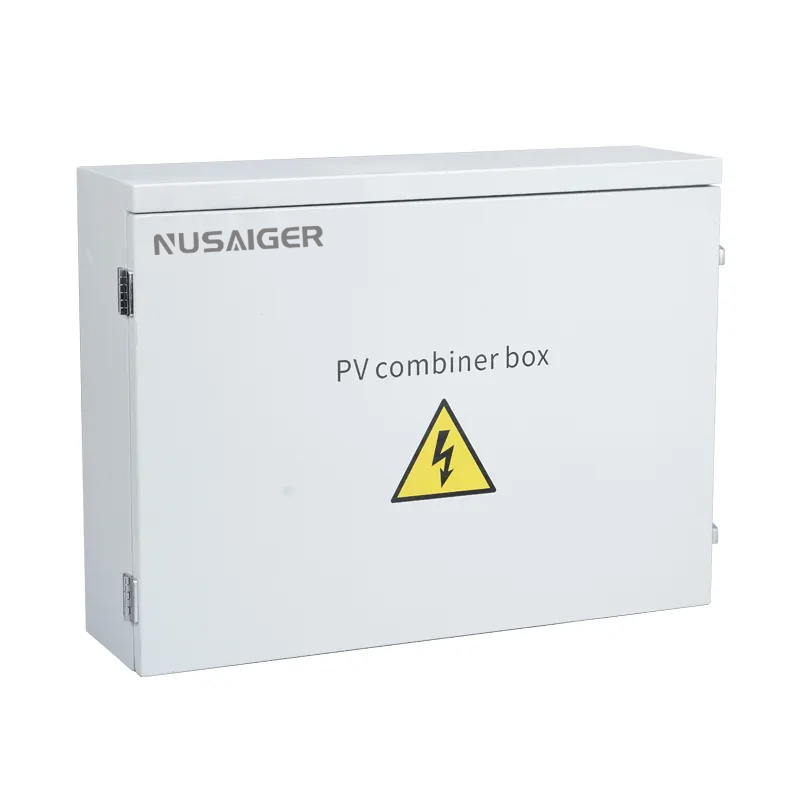How to Choose the Best PV Combiner Box for Your Solar Power System
Last Updated: August 7, 2025
Introduction
Choosing the right PV combiner box is crucial for the efficiency, safety, and reliability of your solar power system. With numerous options on the market, selecting the appropriate model requires a solid understanding of technical specifications, installation requirements, and environmental conditions. This article provides a step-by-step guide to help homeowners, installers, and project managers make informed decisions.
1. Understand the Role of a PV Combiner Box
A PV combiner box consolidates multiple solar panel strings into a single output, which is then connected to an inverter. This box not only simplifies wiring but also protects against overcurrent, overvoltage, and other system faults. It ensures centralized monitoring and facilitates easier maintenance.
2. Assess Your System Requirements
- Number of solar strings
- Maximum string current and voltage
- Total system size (kW)
- DC-to-AC conversion approach (centralized or string inverters)
Knowing these details helps narrow down the compatible PV combiner box models for your project.
3. Choose Between Fused and Breaker-Based Designs
Fused PV combiner boxes are common in large systems, offering compact size and cost savings. Breaker-based designs are easier to reset and provide visible status but are typically more expensive. Your choice should be based on project size, maintenance needs, and safety standards.
4. Pay Attention to Enclosure Ratings
- NEMA 3R or IP54: Suitable for basic outdoor protection
- NEMA 4X or IP65/IP66: Ideal for extreme environments, waterproof and corrosion-resistant
- Material: Choose between stainless steel, aluminum, or polycarbonate enclosures
Installations in coastal or industrial zones require the highest level of environmental protection.
5. Include Necessary Protective Components
Ensure the box includes:
- String fuses or breakers
- Surge Protection Devices (SPDs)
- Busbars with adequate current rating
- DC disconnects for emergency shutoff
- Grounding lugs and terminals
6. Consider Smart Monitoring Features
Modern PV combiner boxes can integrate string-level current monitoring, voltage measurement, and temperature sensing. These features are crucial in large-scale systems for maximizing performance and early fault detection.
7. Compliance with Electrical Codes and Certifications
- UL 1741
- IEC 61439
- NEC 690 (U.S.)
- RoHS, CE, and other local regulations
Certified equipment ensures safety, enhances system bankability, and speeds up inspection approvals.
8. Customization and Expandability
Look for manufacturers offering customization options like extra space for future circuits, multiple cable entry options, or support for hybrid (PV + battery) systems. Modular designs allow for scalability as your energy needs grow.
9. Evaluate Supplier Reputation and Support
- Check product reviews and project references
- Ask for warranty terms (typically 5–10 years)
- Ensure after-sales technical support is available
- Prefer suppliers with global certification and local inventory
10. Final Recommendations
To choose the best PV combiner box:
- Start by understanding your system’s size and technical layout.
- Prioritize safety and code compliance over price.
- Ensure the enclosure meets your environmental needs.
- Ask suppliers for datasheets, certifications, and case studies.
The right PV combiner box will offer protection, reliability, and long-term peace of mind. It’s a small component that plays a big role in the success of your solar project.



